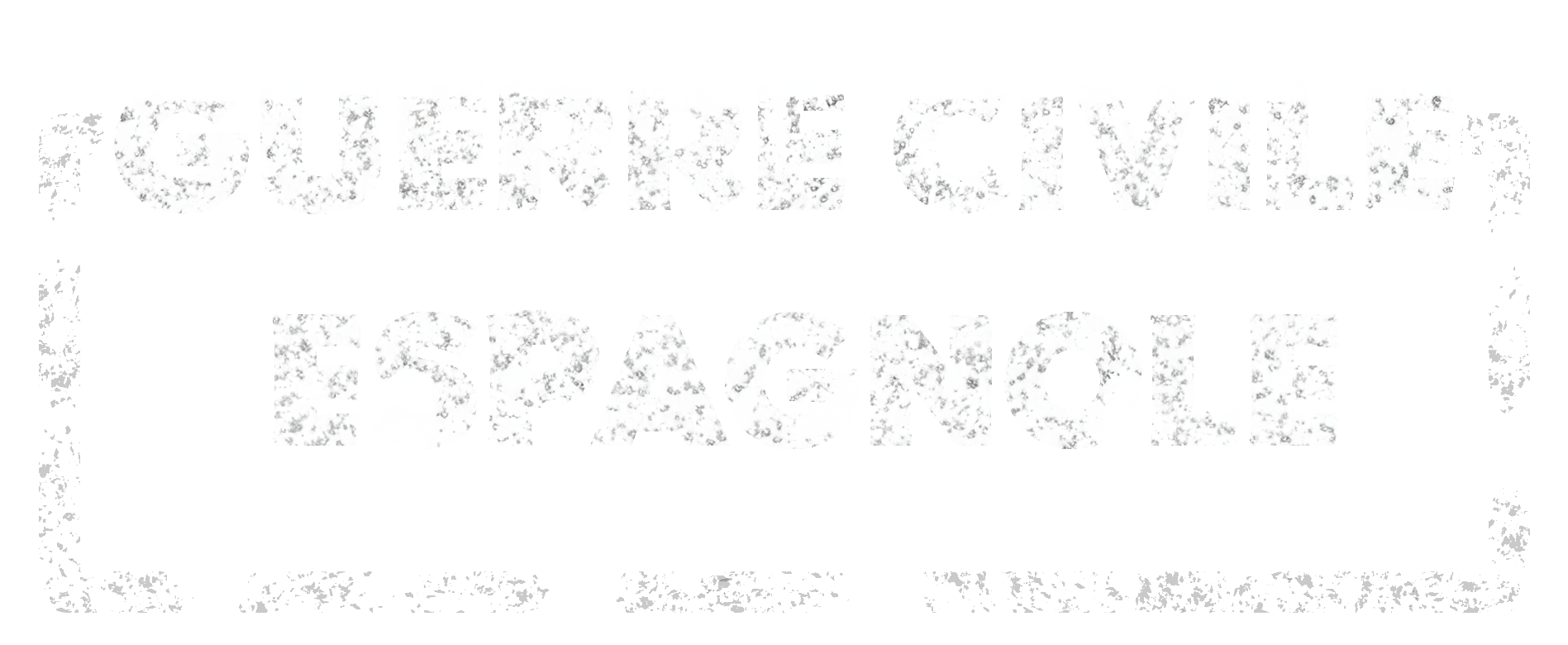Camion italien capturé à Guadalajara, mars 1937
Creator: Foto Mayo
Source:
Biblioteca Nacional de España, Madrid, GC-Caja 54/2/25
Date Created: 1937-03
Type: Photograph
Extent: 1 item
40.6327, -3.16461
The photograph shows an Italian truck captured by International Brigade troops at the Battle of Guadalajara. Along the back they painted “Taken from the Fascist scum”.
The Battle of Guadalajara was the first taste of modern war for the units of the recently-created CTV. In the words of Fascist volunteer Renzo Lodoli, it “marked them with fire” more than any subsequent action. The failure of the March 1937 offensive to complete the encirclement of Madrid, much desired by the Italian command, cost the lives of 340 soldiers and 37 officers, including General Alberto Luzzi, and left 1,871 soldiers and 123 officers wounded. Another ten officers and 574 soldiers disappeared, most them taken prisoner.
Guadalajara was also a baptism of fire for many anti-fascist militiamen. In his memoirs, Giovanni Pesce, who was a Communist militant and a partisan during World War II, described the horror produced by the massive bombardments and the sight of disfigured corpses, and his efforts to “keep calm while my body shook”. For their part, Italian prisoners feared that they would be tortured or executed, only to find themselves treated humanely by “these old anti-fascists and victims of Fascism”.
Republican supremacy in the air, a rare occurrence, and the presence of powerful Soviet tanks demoralized Roatta’s troops, who were forced to retreat to Brihuega to avoid being encircled by the units commanded by Enrique Líster and Cipriano Mera. Over the following days, the Republicans recovered the ground they had lost while the Italians returned to their original positions. The American journalist Herbert Matthews declared that “the defeat of the Italians in Guadalajara is a disaster comparable to that of the Battle of Bailén for Napoleon”, although it was not decisive in the medium term.
Even so, the result was a major boost to the morale of the Republic’s new Popular Army. It also represented a serious blow to Italy’s international prestige and a reduction of its autonomy from Franco’s command. It also was a death blow to the myth of the volunteer militia as the image of the ideal Fascist. CTV commander-in-chief Roatta complained about their lack of aggressiveness and “hatred of the enemy”, and thousands were sent back to Italy labelled “useless” or “undesirable”. Mussolini himself had emphasized the political importance of defeating the International Brigades without realizing that his words would come back to bite him. Revenge for Guadalajara became the leitmotiv for the rest of the Fascist intervention in Spain.
FJMS







